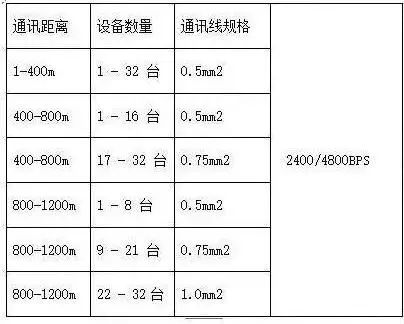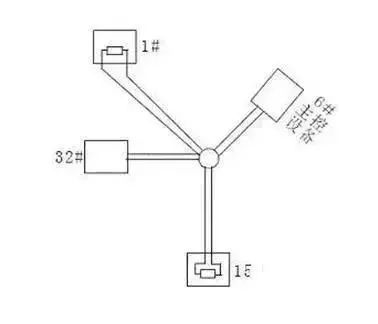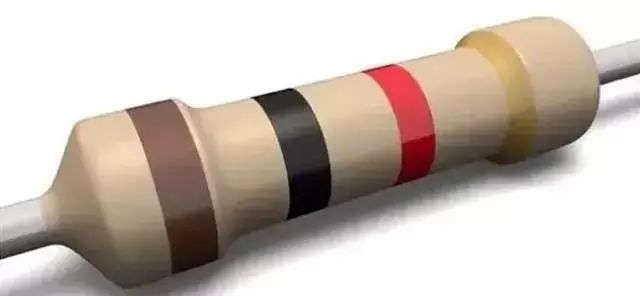(1) What is RS485 Bus?
(2) RS485 Cable and Transmission Distance
(3) RS485 Wiring Installation Precautions





(4) Common RS485 Faults and Solutions



(1) What is RS485 Bus?
(2) RS485 Cable and Transmission Distance
(3) RS485 Wiring Installation Precautions





(4) Common RS485 Faults and Solutions


